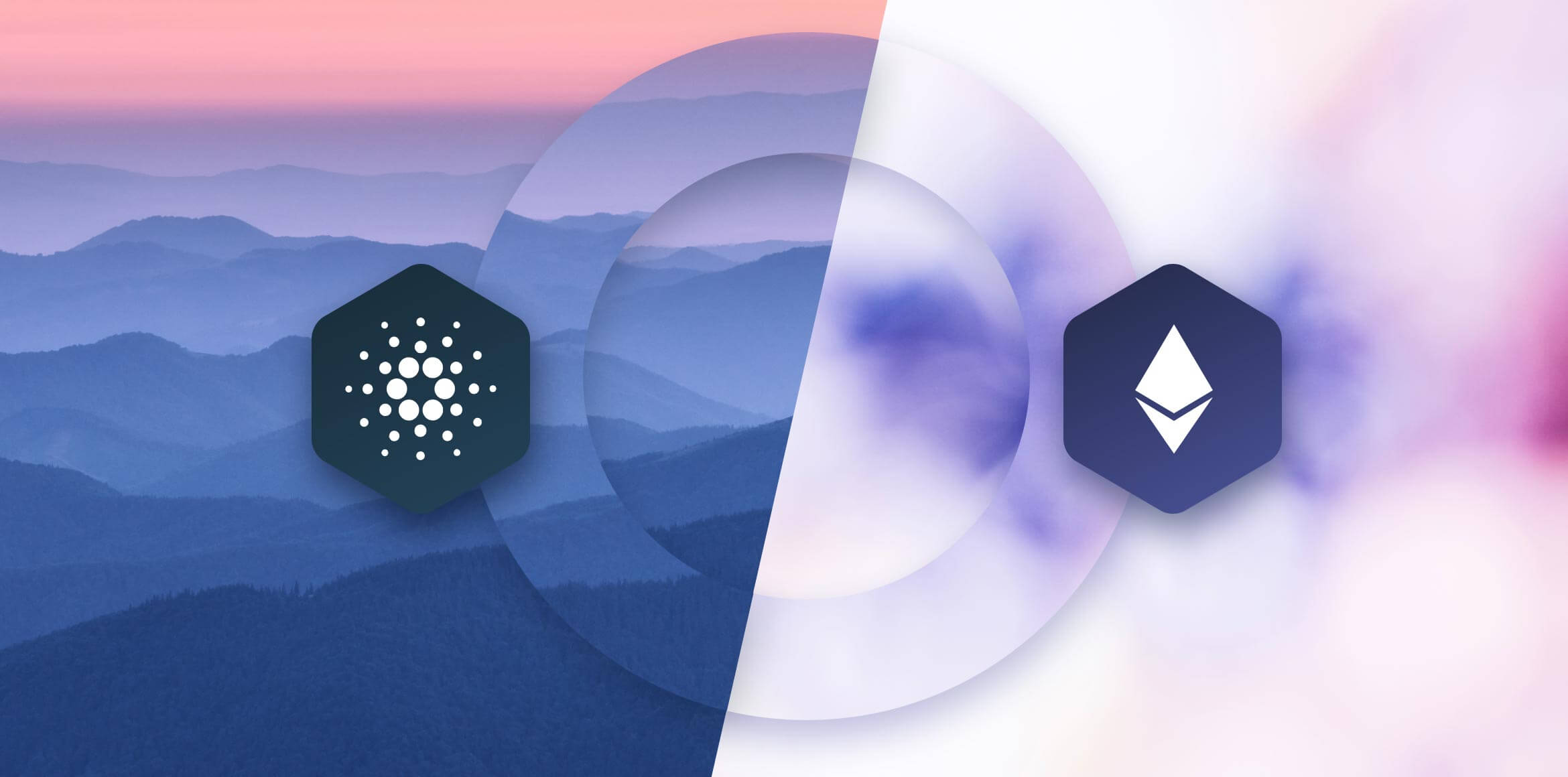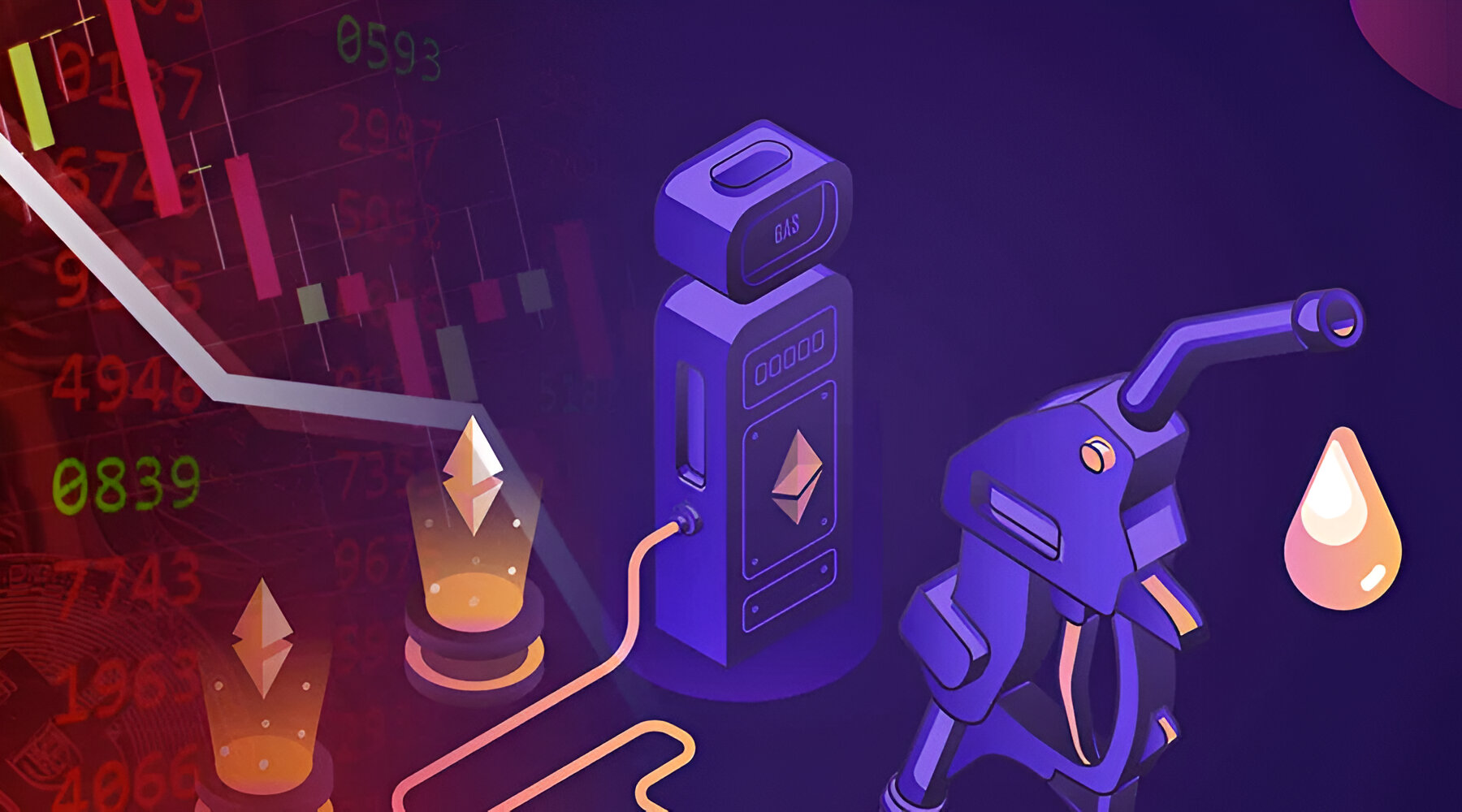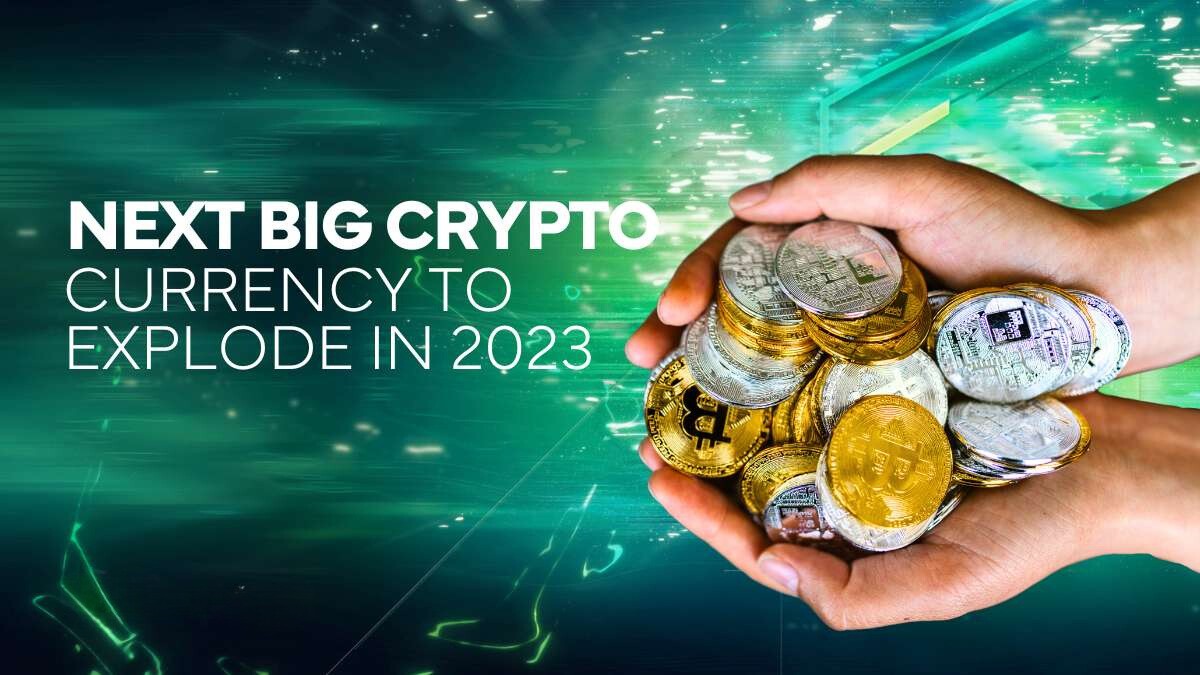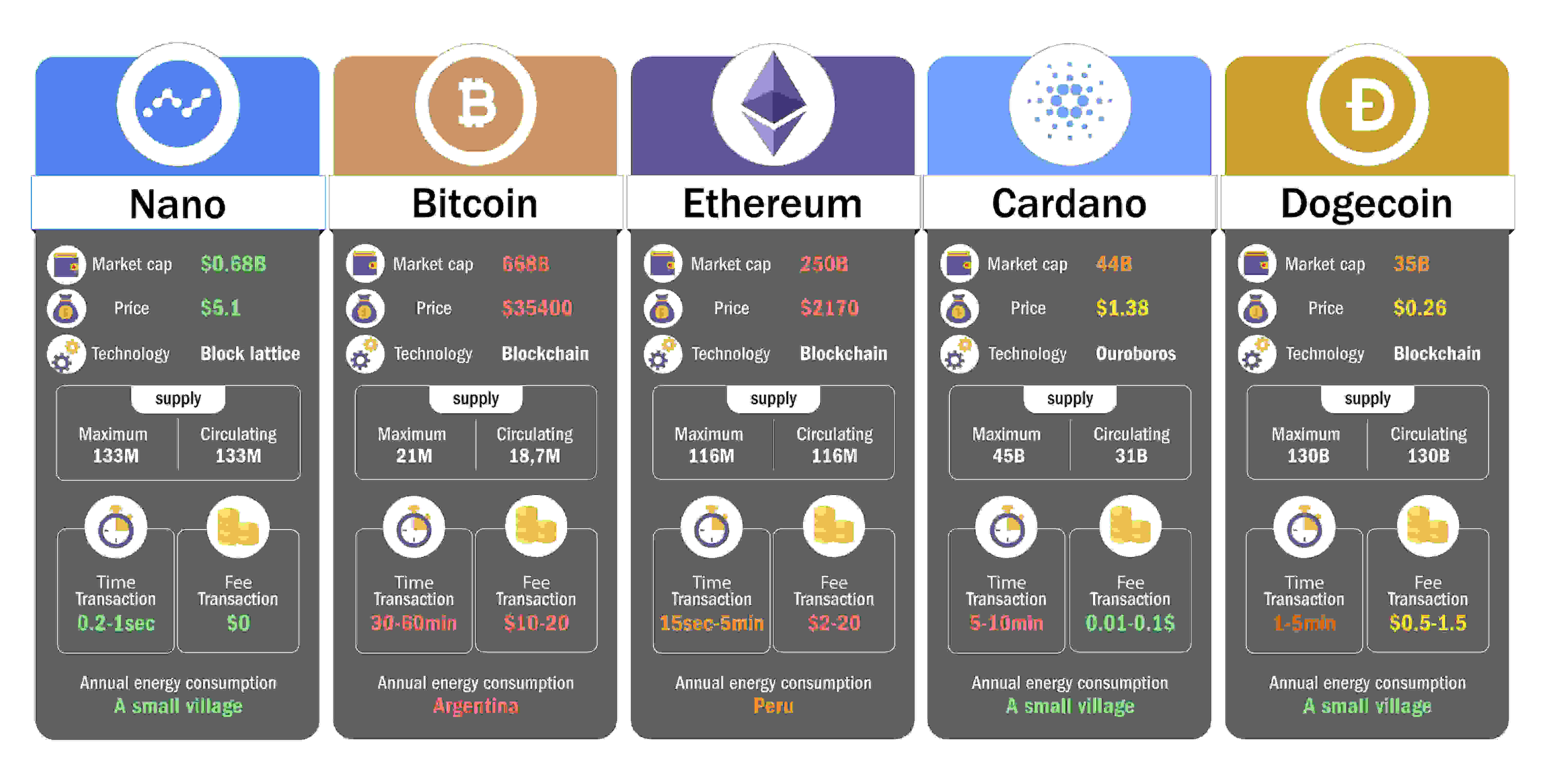Introduction
The world of cryptocurrency has grown exponentially over the years, with an array of innovative blockchain platforms emerging in the market. Among these platforms, Cardano has emerged as a strong contender against Ethereum, the predominant player in the blockchain space. While Ethereum has enjoyed widespread adoption and success, Cardano offers several key advantages that make it a formidable competitor.
In this article, we will explore why Cardano is better than Ethereum and why it is gaining traction in the crypto community. From its superior scalability and performance to its innovative proof-of-stake consensus algorithm, Cardano has positioned itself as a powerful alternative to Ethereum.
Cardano, founded by Charles Hoskinson and developed by IOHK, is built on a foundation of scientific research and peer-reviewed academic papers. With its focus on research-driven development, Cardano strives to provide a secure, scalable, and sustainable blockchain platform that can support a variety of applications and use cases.
Now, let’s delve into the specific areas where Cardano outshines Ethereum, and why it is increasingly becoming the platform of choice for developers and users alike.
Scalability and Performance
One of the key advantages of Cardano over Ethereum is its scalability and performance. As the popularity of blockchain technology grows, it is essential for platforms to handle a large number of transactions quickly and efficiently.
Cardano addresses this need by employing a unique layering system that separates the settlement layer from the computation layer. This approach allows for optimal scalability as each layer can be upgraded independently without disrupting the entire system.
Moreover, Cardano uses a proof-of-stake consensus algorithm called Ouroboros, which has undergone rigorous academic scrutiny and is highly secure and energy-efficient. In contrast, Ethereum currently uses a proof-of-work consensus algorithm, which requires significant computational power and is prone to scalability issues.
By utilizing Ouroboros, Cardano is able to achieve faster transaction speeds and improved scalability, making it a more efficient platform for decentralized applications (dApps) and smart contracts.
Additionally, Cardano’s scalability is further enhanced by a robust governance system that allows for continuous improvements and upgrades. Through a community-driven approach, Cardano ensures that the platform evolves and adapts to meet the changing needs of its users.
Overall, Cardano’s focus on scalability and performance sets it apart from Ethereum and positions it as a leading blockchain platform for the future.
Proof of Stake Consensus Algorithm
An important factor that distinguishes Cardano from Ethereum is its implementation of a robust proof-of-stake (PoS) consensus algorithm. While Ethereum currently relies on a proof-of-work (PoW) algorithm, Cardano utilizes a more efficient and sustainable approach.
Cardano’s PoS algorithm, known as Ouroboros, is based on years of research and is backed by peer-reviewed academic papers. This algorithm allows participants, known as stakeholders, to validate transactions and create new blocks based on the amount of cryptocurrency they hold and are willing to “stake” for block creation.
This PoS mechanism offers several advantages over traditional PoW algorithms. Firstly, it dramatically reduces the energy consumption associated with mining, a significant concern for Ethereum and other PoW-based networks. By utilizing stake instead of computational power, Cardano achieves a much higher level of energy efficiency.
Secondly, the Ouroboros algorithm promotes decentralization by ensuring that stakeholders’ influence is proportional to their stake in the network. This means that decisions regarding the protocol and governance of the Cardano network are made collectively, with no single entity having undue control or influence.
Furthermore, Ouroboros employs a unique approach called “provably secure” Byzantine Fault Tolerance (BFT), which adds an additional layer of security and ensures the integrity of the network even in the presence of malicious actors.
In contrast, Ethereum’s PoW algorithm requires substantial computational resources, which not only results in high energy consumption but also limits the scalability and efficiency of the network.
By adopting the Ouroboros PoS algorithm, Cardano provides a more sustainable, energy-efficient, and secure platform for decentralized applications and smart contracts.
Sustainability and Energy Efficiency
Sustainability and energy efficiency are critical considerations in the blockchain space, and Cardano excels in both areas when compared to Ethereum.
Cardano’s adoption of the proof-of-stake (PoS) consensus algorithm, specifically the Ouroboros protocol, sets it apart from Ethereum’s energy-intensive proof-of-work (PoW) algorithm. PoW requires miners to solve complex mathematical puzzles, which necessitates powerful hardware and consumes vast amounts of electricity. In contrast, Cardano’s PoS algorithm selects validators based on the number of coins they hold and are willing to “stake.” This approach minimizes the need for energy-intensive mining operations and substantially reduces the carbon footprint associated with transaction processing.
Additionally, Cardano is committed to sustainability and long-term environmental responsibility. The platform aims to become the first blockchain to be certified as environmentally sustainable by completing a comprehensive carbon footprint assessment. By quantifying its greenhouse gas emissions and implementing mitigation strategies, Cardano is ensuring that it operates in an environmentally conscious manner.
Furthermore, Cardano’s commitment to sustainability extends beyond energy efficiency. The platform’s transparent governance structure allows stakeholders to participate in the decision-making process, ensuring that the network evolves in a sustainable and inclusive manner. This approach promotes decentralization and prevents the concentration of power in the hands of a few entities, fostering long-term sustainability and resilience.
On the other hand, Ethereum’s reliance on PoW mining creates challenges in terms of sustainability and energy efficiency. As the Ethereum network continues to grow, so does its energy consumption, making it increasingly unsustainable in the long run.
Overall, Cardano’s focus on sustainability and energy efficiency positions it as a more environmentally friendly and future-proof blockchain platform when compared to Ethereum.
Formal Verification and Security
When it comes to formal verification and security, Cardano stands out as a leader in the blockchain industry.
Cardano’s development approach is rooted in meticulous research and rigorous academic scrutiny. Through a methodical process, all changes and updates to the platform undergo formal verification, ensuring the correctness and security of the code. This means that before any updates are implemented, they are subjected to mathematical proofs and rigorous testing, reducing the likelihood of bugs, vulnerabilities, and smart contract failures.
Formal verification provides a higher level of certainty regarding the reliability and security of the Cardano platform compared to Ethereum, which primarily relies on community review and testing methods.
In addition to formal verification, Cardano employs advanced security measures to safeguard user funds and protect against potential threats. Its multi-layered security architecture incorporates cryptographic techniques and protocols, preventing unauthorized access and ensuring the integrity of transactions.
Cardano also prioritizes the concept of “smart contracts with formal semantics.” This approach allows developers to write smart contracts in programming languages with formal specifications, reducing the likelihood of programming errors and vulnerabilities. By integrating formal semantics into its framework, Cardano enhances security and minimizes the risk of costly smart contract exploits, as witnessed on some Ethereum-based platforms.
Overall, Cardano’s emphasis on formal verification and robust security measures positions it as a highly secure and reliable blockchain platform when compared to Ethereum.
Governance and Decentralization
Cardano distinguishes itself from Ethereum through its unique governance model and commitment to decentralization.
Cardano’s governance structure ensures that decisions regarding the platform’s development and evolution are made collectively by its stakeholders. Through a voting system, stakeholders can propose and vote on protocol upgrades, funding initiatives, and other important changes. This participatory approach promotes inclusivity and prevents the concentration of power in the hands of a few entities, enhancing the overall decentralization of the network.
In contrast, Ethereum’s governance model is less defined, relying primarily on informal discussions and the influence of core developers. Although efforts have been made to enhance Ethereum’s governance, Cardano’s transparent and structured governance framework sets a new standard for decentralization in the blockchain space.
Furthermore, Cardano’s commitment to decentralization is exemplified by its dedication to gradually hand over control of the network to a fully decentralized community. This process, known as the Voltaire phase, will enable stakeholders to propose and vote on network upgrades, policy changes, and funding allocation with complete autonomy. This decentralized governance approach ensures that no single entity has undue influence or control over the Cardano network.
By incorporating robust governance mechanisms and advocating for decentralization, Cardano establishes itself as a platform that prioritizes the interests and voices of its community. This empowers stakeholders and fosters a more democratic, resilient, and future-proof blockchain ecosystem.
Native Multi-asset Support
Cardano distinguishes itself from Ethereum with its native multi-asset support, providing users with greater flexibility and functionality.
While Ethereum primarily supports its native cryptocurrency, Ether (ETH), Cardano’s blockchain infrastructure enables the creation and management of multiple cryptocurrencies, known as native tokens, within its ecosystem. These native tokens can represent various assets, including fungible tokens similar to ERC-20 tokens on Ethereum and non-fungible tokens (NFTs).
Cardano’s native multi-asset support allows for a wide range of applications and use cases. It enables the creation of customized digital assets, the issuance of tokens representing real-world assets, such as commodities or real estate, and the implementation of complex financial instruments and decentralized applications.
This native multi-asset support is seamlessly integrated into Cardano’s blockchain, leveraging the platform’s superior security, scalability, and sustainability. It eliminates the need for users to rely on external platforms or smart contracts to create and manage digital assets, streamlining the process and reducing potential risks.
In addition, Cardano’s approach to multi-asset support includes built-in compliance features, allowing issuers to comply with relevant regulations and standards. This opens up opportunities for various industries, including finance, supply chain, gaming, and more, to leverage the functionality and security offered by the Cardano blockchain.
Overall, Cardano’s native multi-asset support provides users with enhanced flexibility, broader use cases, and a streamlined experience compared to Ethereum. It empowers businesses, developers, and individuals to create and utilize a diverse range of digital assets, unlocking the full potential of blockchain technology.
Smart Contract Development and Execution
Cardano offers a robust and innovative platform for smart contract development and execution, surpassing the capabilities of Ethereum in several key areas.
Cardano’s smart contract functionality is facilitated through its unique programming language called Plutus. Plutus provides a secure and efficient environment for writing smart contracts, allowing developers to build complex applications with ease. Unlike Ethereum, which primarily uses Solidity, Plutus is based on Haskell, a language known for its strong typing and formal verification capabilities, further enhancing the security and reliability of smart contracts.
Cardano takes a meticulous approach to smart contract development by incorporating formal verification techniques. Before deployment, smart contracts on Cardano undergo rigorous mathematical and logical proofs, ensuring their correctness and minimizing the risk of vulnerabilities or bugs. This formal verification process provides an added layer of confidence for developers and users, mitigating the potential for smart contract exploits and security breaches.
In addition, Cardano’s unique transaction model separates the execution of smart contracts from the settlement layer, enhancing scalability and reducing the risk of network congestion. By minimizing the computational burden associated with contract execution, Cardano can handle a greater number of transactions without compromising performance.
Furthermore, Cardano is dedicated to fostering an ecosystem of interoperability, allowing seamless communication and integration between different blockchain platforms. This interoperability ensures that smart contracts developed on Cardano can interact with other protocols and networks, enabling innovative cross-chain applications and collaborations.
Overall, Cardano’s approach to smart contract development and execution, incorporating the Plutus programming language, formal verification, and a scalable transaction model, sets it apart from Ethereum. Developers and users benefit from a more secure, efficient, and interoperable environment for creating and deploying smart contracts.
Interoperability and Cross-chain Communication
Cardano distinguishes itself from Ethereum through its emphasis on interoperability and cross-chain communication, enabling seamless interaction with other blockchain platforms.
Interoperability is crucial in the blockchain space, as it allows different networks to communicate and share data, assets, and functionalities. While Ethereum primarily operates as a standalone blockchain, Cardano incorporates interoperability as a core feature.
Cardano’s approach to interoperability is achieved through the implementation of sidechains and a unique protocol called the Cross-chain Communication Protocol (CCL). Sidechains are separate blockchains that are connected to the Cardano mainnet, enabling the transfer of assets and data between different chains.
The CCL allows for secure and efficient communication between different blockchain networks, facilitating the exchange of information and value. With this protocol, Cardano can seamlessly interact with other blockchain platforms, opening up a world of possibilities for cross-chain applications and collaborations.
Furthermore, Cardano’s interoperability stance extends to its commitment to industry standards and integration with existing infrastructures. By adhering to established standards, Cardano ensures compatibility with other blockchain systems and enhances its ability to serve as a hub for decentralized applications and financial services.
This interoperability provides significant benefits for developers and users. It allows seamless asset transfer between different blockchain ecosystems, enabling decentralized exchanges, interoperable financial services, and cross-chain liquidity pooling.
By prioritizing interoperability and cross-chain communication, Cardano offers a versatile and inclusive platform that can connect with other blockchain networks, fostering innovation and collaboration across the entire blockchain ecosystem.
Roadmap and Future Developments
Cardano’s roadmap and future developments showcase its commitment to continuous improvement and innovation in the blockchain space. With a focus on research-driven development, Cardano has a clear vision for its future growth and expansion.
One of the key milestones on Cardano’s roadmap is the completion of its multi-stage development phase. The platform is currently transitioning from Byron to Shelley, which involves decentralizing the network and enabling stake pool operations. This phase ensures that the Cardano network becomes fully decentralized, governed by the collective decisions of its stakeholders.
Following the Shelley phase, Cardano has ambitious plans for its Goguen phase, which will introduce smart contract capabilities and advanced functionalities to the platform. This will unlock a new era of decentralized application development on Cardano, opening up opportunities for businesses and developers to build innovative solutions.
Furthermore, Cardano’s research and development team is actively exploring additional features and improvements to enhance the platform even further. This includes the Voltaire phase, which focuses on governance and the transition to a fully decentralized community-driven ecosystem. It also includes continuous work on scalability, security, and interoperability to meet the evolving needs of the blockchain industry.
Cardano’s commitment to research and its strong focus on formal methods also sets the stage for future advances in areas such as sidechains, cross-chain communication, and advanced privacy solutions.
Additionally, Cardano’s development team is actively engaging with various industries and institutions to forge partnerships and explore real-world use cases. By collaborating with governments, enterprises, and academics, Cardano aims to drive blockchain adoption and address complex societal challenges.
Overall, Cardano’s roadmap and future developments demonstrate its ambition to become a leading blockchain platform with cutting-edge technology and a focus on sustainability, scalability, security, and interoperability. By continuously pushing the boundaries of innovation, Cardano is well-positioned to shape the future of the blockchain industry.
Conclusion
In conclusion, Cardano offers a compelling alternative to Ethereum, with several key advantages that set it apart in the blockchain industry.
Cardano’s scalability and performance, enabled by its unique layering system and the Ouroboros proof-of-stake consensus algorithm, provide a more efficient and scalable platform for decentralized applications and smart contracts.
The platform’s commitment to sustainability and energy efficiency, coupled with its transparent governance and decentralization, ensures long-term viability and resilience in an evolving blockchain landscape.
Cardano’s focus on formal verification and security, leveraging the Plutus programming language and a rigorous development process, enhances the reliability and trustworthiness of smart contracts and applications.
Moreover, Cardano’s native multi-asset support, interoperability, and future developments pave the way for a versatile and inclusive blockchain ecosystem accessible to a diverse range of industries and applications.
As Cardano progresses with its roadmap and future developments, it continues to solidify its position as a leader in the blockchain space, driving innovation and collaboration while prioritizing security, scalability, sustainability, and decentralization.
Overall, Cardano’s comprehensive approach, research-driven development, and commitment to excellence make it a formidable competitor to Ethereum. Whether it’s scalability, security, energy efficiency, governance, or interoperability, Cardano offers a compelling choice for developers and users seeking a robust and future-proof blockchain platform.

























